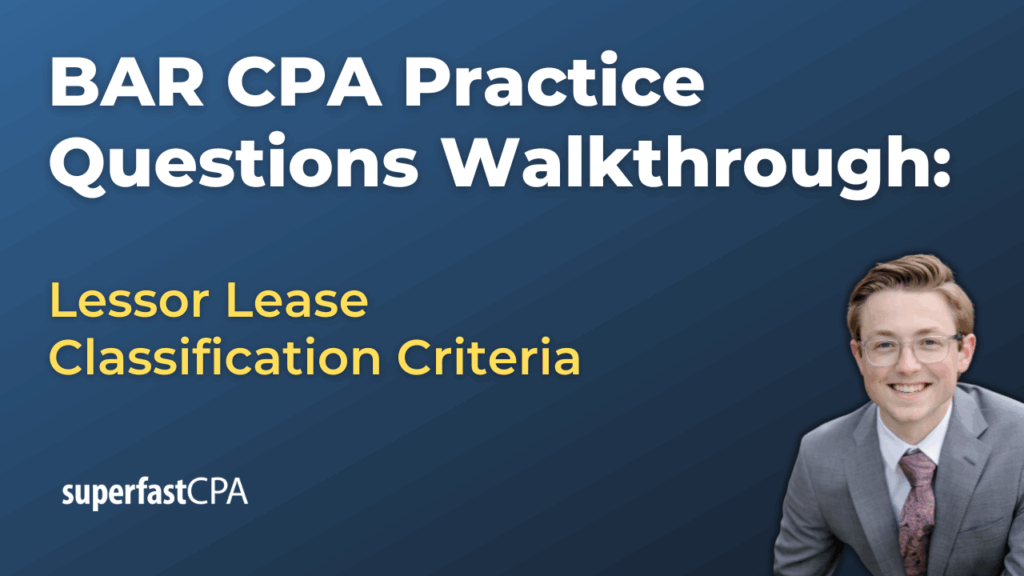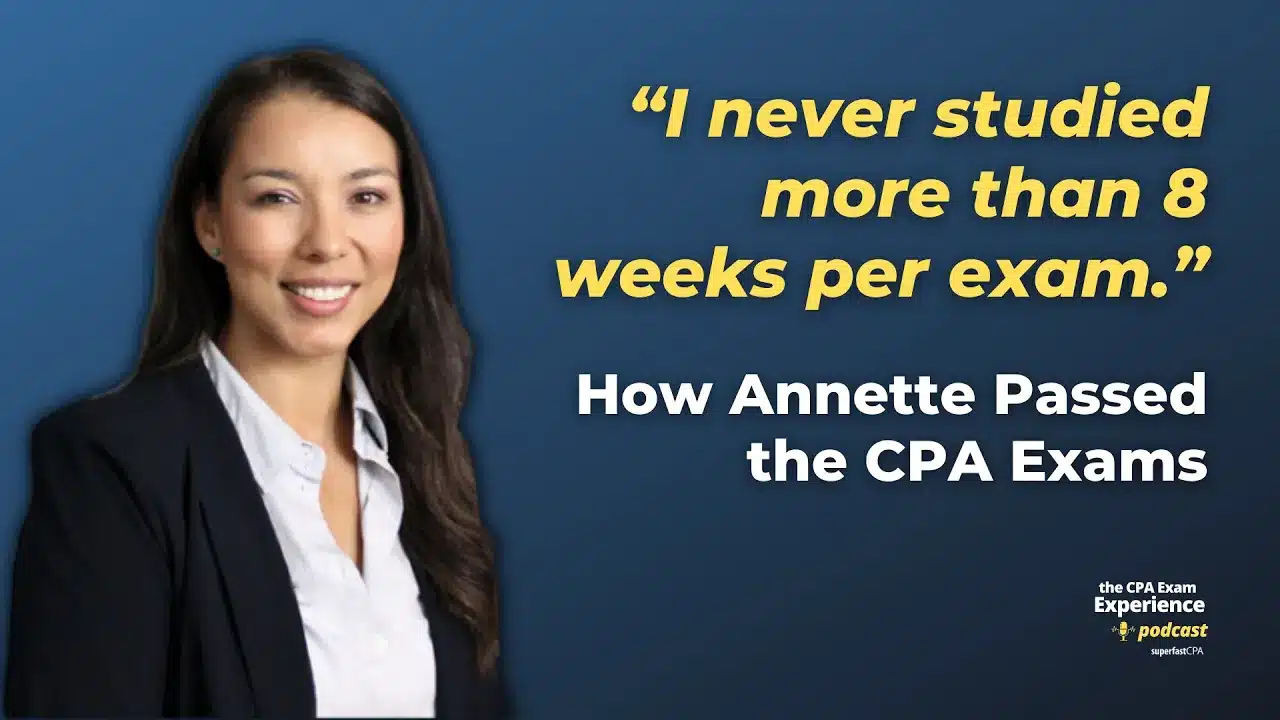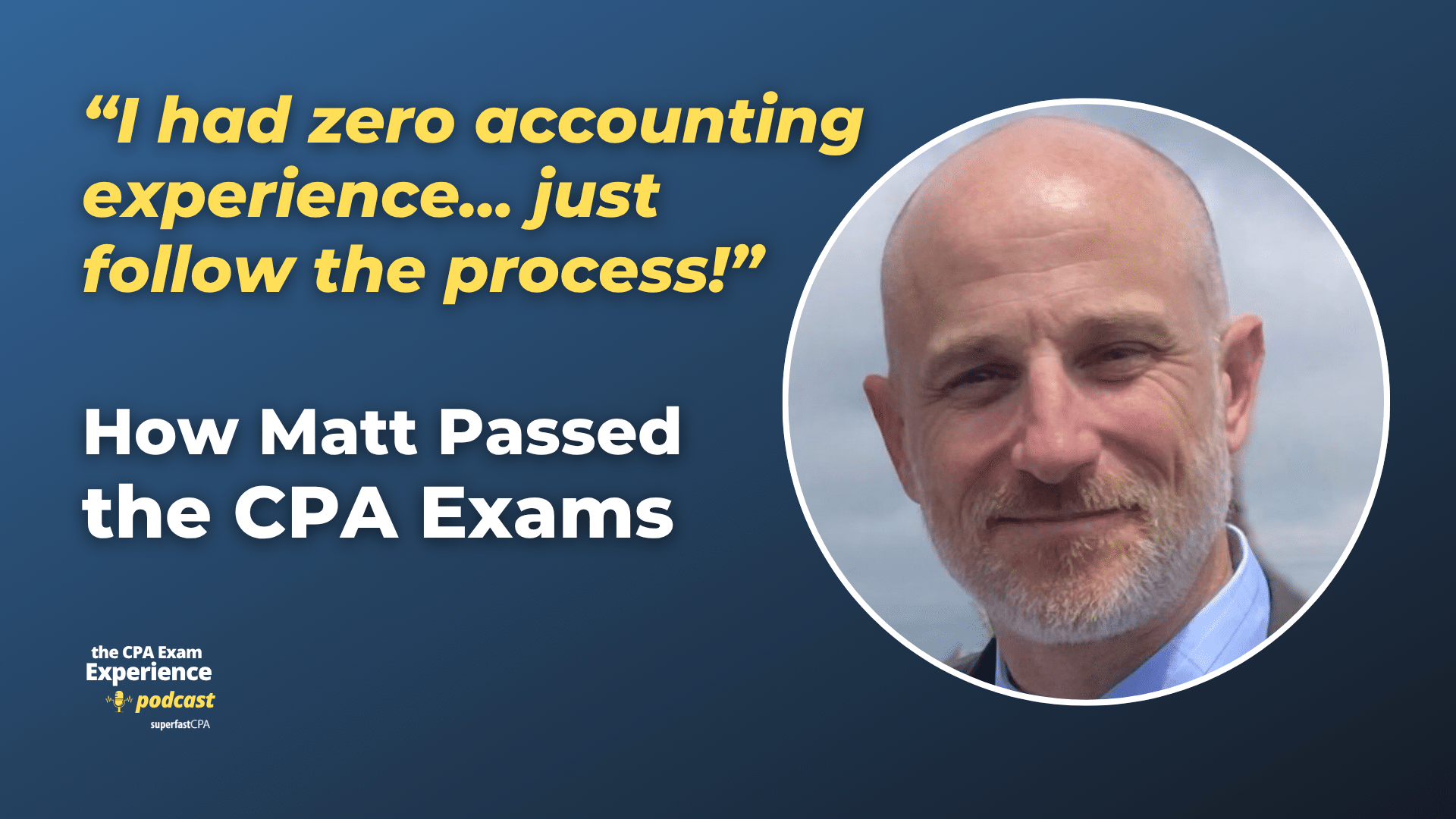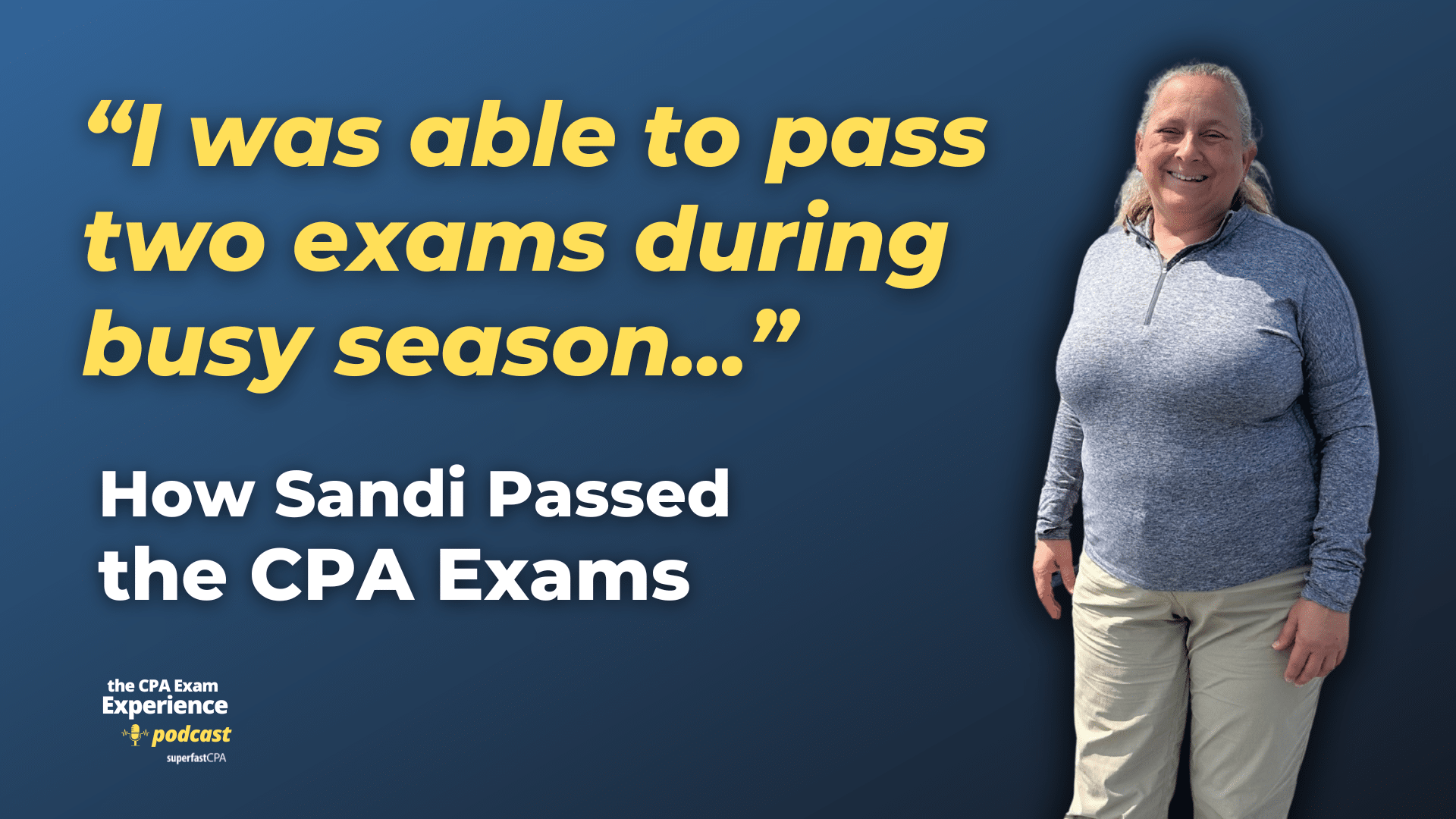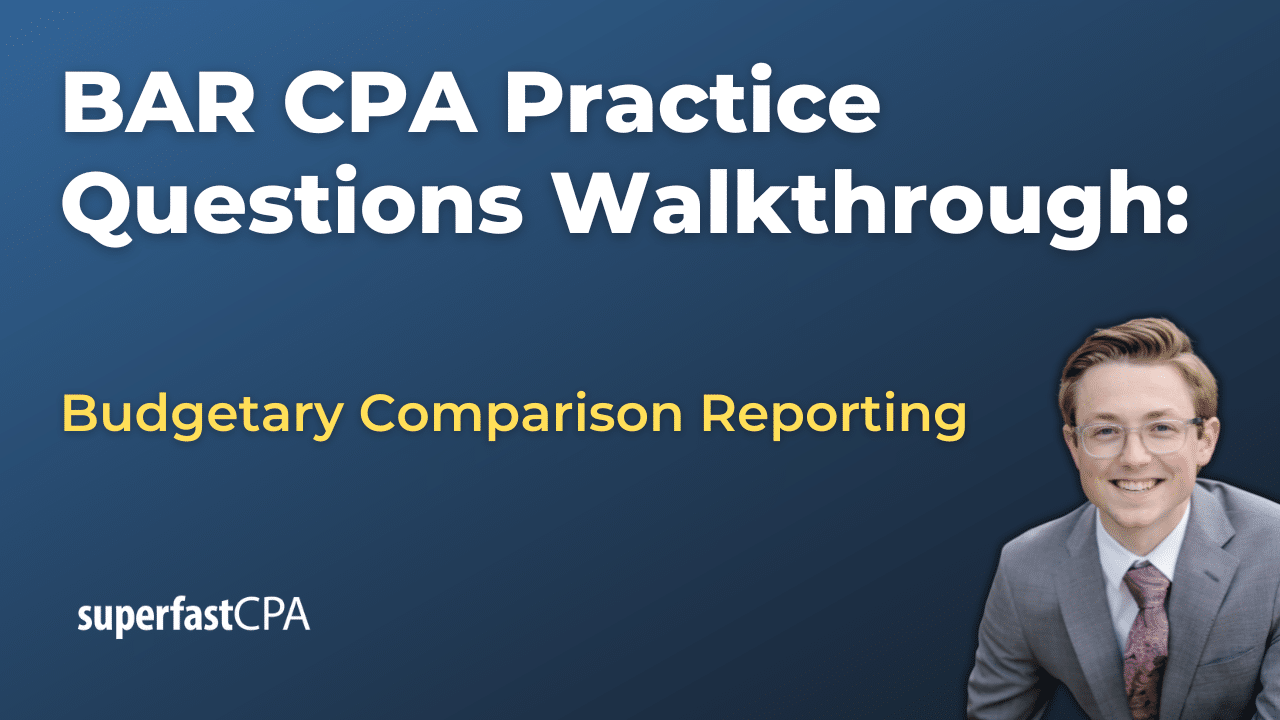In this video, we walk through 5 BAR practice questions teaching about lessor lease classification criteria. These questions are from BAR content area 2 on the AICPA CPA exam blueprints: Technical Accounting and Reporting
The best way to use this video is to pause each time we get to a new question in the video, and then make your own attempt at the question before watching us go through it.
Also be sure to watch one of our free webinars on the 6 “key ingredients” to an extremely effective & efficient CPA study process here…
Lessor Lease Classification Criteria
When you are the lessor in a lease arrangement, one of your first tasks under ASC 842 is to decide how to classify the lease. Classification affects how you recognize revenue, interest income, and the leased asset in your financial statements.
A lease for a lessor will fall into one of three categories: sales-type lease, direct financing lease, or operating lease. The classification depends on whether control of the asset transfers to the lessee and on the substance of the transaction.
The Five Criteria for Sales-Type Lease Classification
ASC 842 sets out five triggers. If any one of these is met at lease commencement, the lease is a sales-type lease.
- Transfer of ownership
If the lease agreement says that ownership will transfer to the lessee by the end of the term, it is automatically a sales-type lease.
Example: A machine lease where the contract states that title passes to the lessee after the final payment. - Purchase option that is reasonably certain to be exercised
If the lease includes a bargain purchase option that makes it very likely the lessee will buy the asset, it meets this criterion.
Example: Equipment can be bought at lease end for $1,000, while its fair value at that time is expected to be $20,000. - Lease term is a major part of the asset’s economic life
If the lease covers most of the asset’s useful life (often interpreted as around 75% or more), it qualifies.
Example: An asset with a 10-year life is leased for 8 years, which is 80% of its life. - Present value of lease payments is substantially all of the fair value
If the present value of lease payments, plus any lessee-guaranteed residual value, is close to the asset’s fair value (often about 90% or more), it qualifies.
Example: Equipment with a fair value of $120,000 has lease payments with a present value of $114,000. - Asset is specialized with no alternative use
If the asset is so customized for the lessee that it cannot easily be used by anyone else at the end of the lease, this condition is met.
When any of these are met, the lessor records a selling profit or loss at the start (if applicable) and recognizes interest income over time.
Direct Financing Lease Criteria
If none of the five sales-type triggers apply, you check whether the lease meets the conditions for a direct financing lease:
- The present value of lease payments plus the present value of any residual value guaranteed by the lessee or a third party equals or exceeds substantially all of the asset’s fair value.
- The collectibility of payments is probable.
Example: Office furniture is leased for 3 years with a 10-year life. The present value of lease payments is only 40% of fair value, but when combined with a guaranteed residual value, the total equals 90% of fair value. With fair value equal to carrying amount and payments collectible, this is a direct financing lease.
Operating Lease Classification
If the lease does not meet any of the sales-type criteria and does not meet the requirements for a direct financing lease, it is classified as an operating lease.
In this case, the lessor keeps the asset on the balance sheet, depreciates it, and recognizes lease income over time, often on a straight-line basis.
Why Classification Matters
Classification affects:
- The pattern of income recognition
- Whether the asset remains on the balance sheet or is replaced with a net investment in lease
- How much risk remains with the lessor versus the lessee
Summary with Examples
- Ownership transfers at the end of the term → sales-type lease.
- Bargain purchase option likely to be used → sales-type lease.
- Lease term covers 80% of the asset’s life → sales-type lease.
- Present value of payments equals 95% of fair value → sales-type lease.
- None of the above, but PV plus guaranteed residual is 90% of FV with probable collection of payments → direct financing lease.
- None of these apply → operating lease.
The key is to walk through the five sales-type criteria first, then check the direct financing test, and classify as operating only if neither applies.

